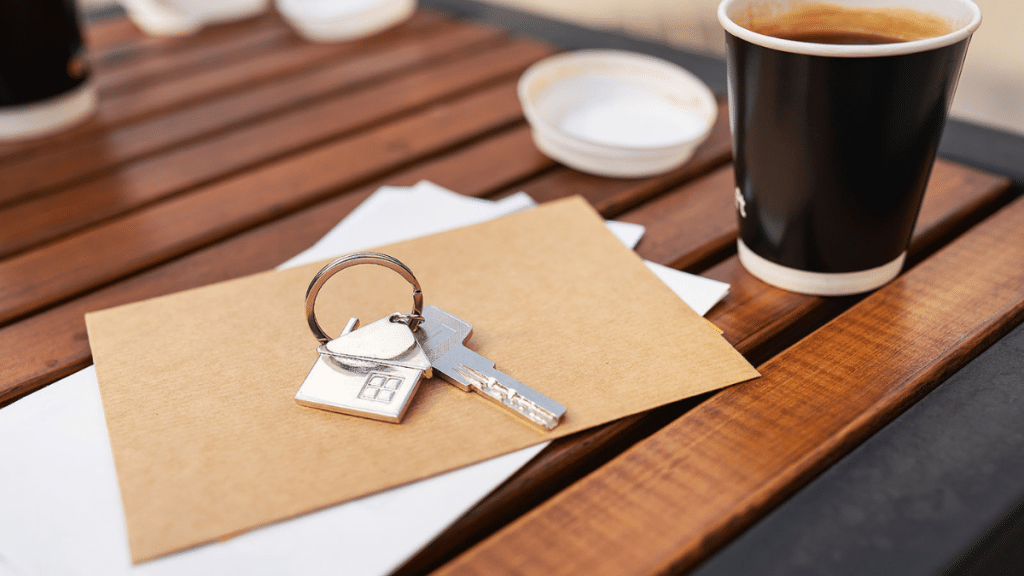Finding a place to live can be an exciting but stressful experience, especially when it comes time to prove your income. Landlords and property managers want to feel confident that tenants can reliably pay rent, and one of the most common ways to demonstrate this is by providing a pay stub. If you’re preparing a rental application and don’t have a recent pay stub handy or if you’re self-employed and need to create one you might be wondering how to make a pay stub that looks professional, accurate, and trustworthy.
This guide will walk you through why landlords require pay stubs, what information to include, and the best ways to create one for your rental application.
Why Do Landlords Request Pay Stubs?
Pay stubs serve as proof of income. While bank statements or tax returns can also verify earnings, pay stubs provide a clear, standardized snapshot of your wages and deductions. Here’s why landlords rely on them:
- Verification of Employment – A pay stub shows that you are currently employed and receiving regular income.
- Ability to Pay Rent – Landlords want to see that your earnings comfortably cover monthly rent. Many follow the “three-times rule,” meaning your gross monthly income should be at least three times the rent amount.
- Consistency – Pay stubs show not just your salary, but also frequency of pay (weekly, biweekly, monthly), which reassures landlords that your income is stable.
If you don’t have recent pay stubs whether you’re a freelancer, self-employed, or just started a new job creating one can strengthen your rental application and speed up the approval process.
Key Information to Include on a Pay Stub
To ensure your pay stub looks legitimate and professional, it should contain essential details that landlords expect to see. At a minimum, include:
- Employee Information
- Full name
- Address
- Last four digits of Social Security Number (optional for privacy)
- Employer Information
- Company name
- Company address or contact information
- Pay Period Details
- Start and end date of the pay period
- Pay date
- Income Breakdown
- Gross pay (before deductions)
- Hourly wage or salary rate
- Overtime or bonuses, if applicable
- Deductions
- Taxes (federal, state, and local, if applicable)
- Insurance contributions
- Retirement contributions (401k, etc.)
- Net Pay
- The actual amount you take home after deductions
- Year-to-Date Totals
- Cumulative earnings and deductions for the year
A well-prepared pay stub should be easy to read, neatly formatted, and aligned with what employers typically provide.
How to Make a Pay Stub for Your Rental Application
You have several options when it comes to creating a pay stub, depending on your employment situation.
1. Use an Online Pay Stub Generator
If you need a pay stub quickly, online pay stub generators are the most convenient option. These tools let you enter your details (employer info, salary, pay frequency, etc.) and instantly create a professional-looking pay stub. Many come with templates that mimic what HR departments use, making them ideal for rental applications.
Tip: Choose a generator that provides calculations for deductions and taxes to ensure accuracy.
2. Ask Your Employer or Payroll Department
If you’re a W-2 employee, your employer should be able to provide pay stubs upon request. Many companies use online payroll portals where you can download recent pay stubs directly. If you’re short on time, ask HR for a PDF copy you can include with your rental application.
3. Create One Manually (for Self-Employed Individuals)
Freelancers and business owners often need to make their own pay stubs to demonstrate income. You can do this by:
- Documenting your income from invoices or contracts.
- Using accounting software that generates paycheck records.
- Manually creating a pay stub in Excel or Word, ensuring it includes all required details.
While creating one manually is possible, using a professional template or software adds credibility and reduces the risk of formatting errors.
Best Practices for Submitting Pay Stubs with a Rental Application
- Provide Recent Stubs – Submit pay stubs from the last 2–3 months to show current income.
- Match Application Information – Ensure your employer, income, and job title align with what you wrote on your rental application.
- Be Transparent – If you are self-employed, consider submitting additional documents (bank statements, tax returns) along with your pay stub to give the landlord extra confidence.
- Avoid Fake or Inaccurate Stubs – Landlords can often spot inconsistencies, and providing false information could result in application denial or even legal consequences.
Final Thoughts
When applying for a rental, demonstrating financial stability is just as important as having good references or a clean credit history. A pay stub is a straightforward, professional way to prove your income and show landlords that you’re a reliable tenant.
Whether you use an online pay stub generator, request one from your employer, or create one yourself as a freelancer, the key is to include all necessary information and ensure accuracy. A clean, well-prepared pay stub can make your rental application stand out and help you secure your next home with

